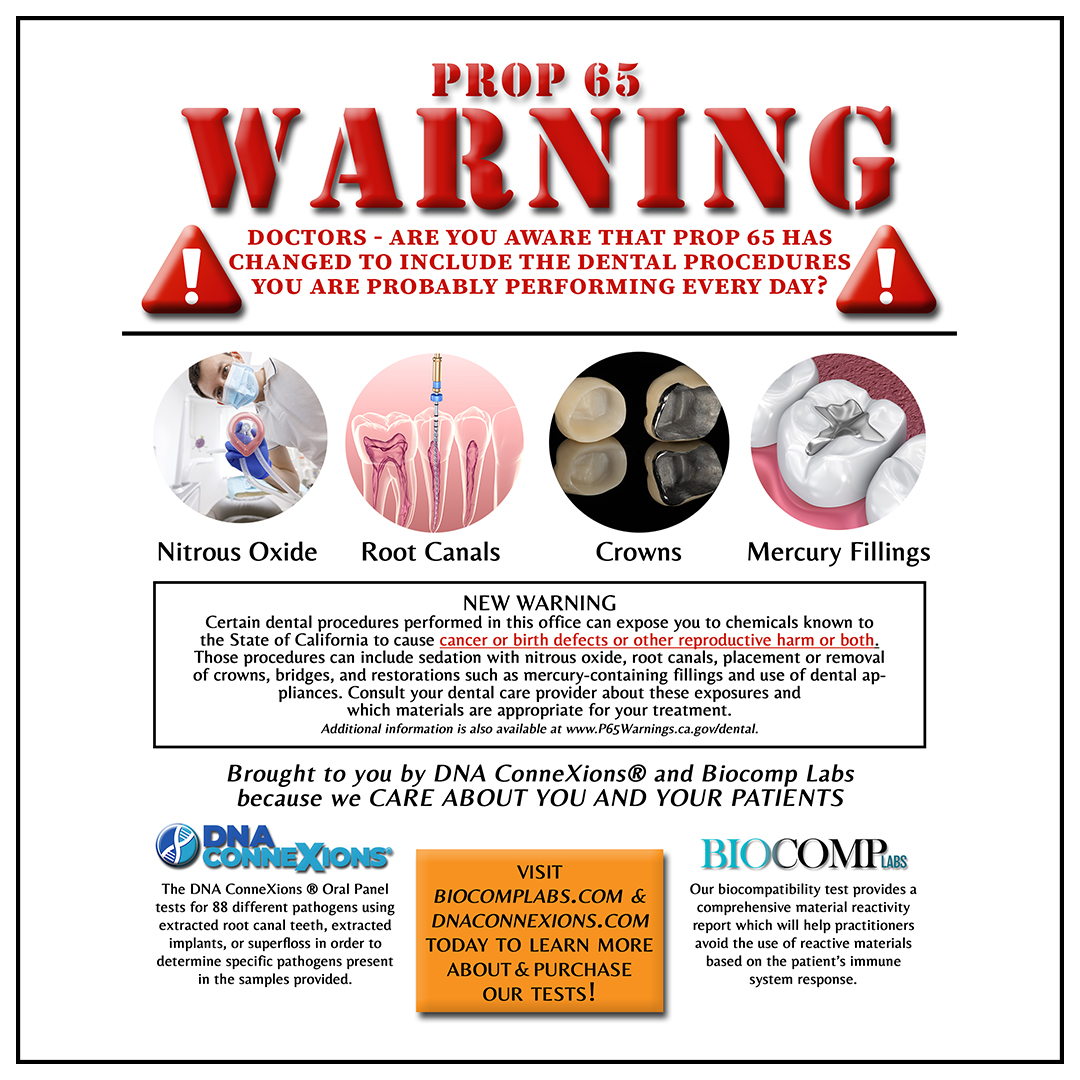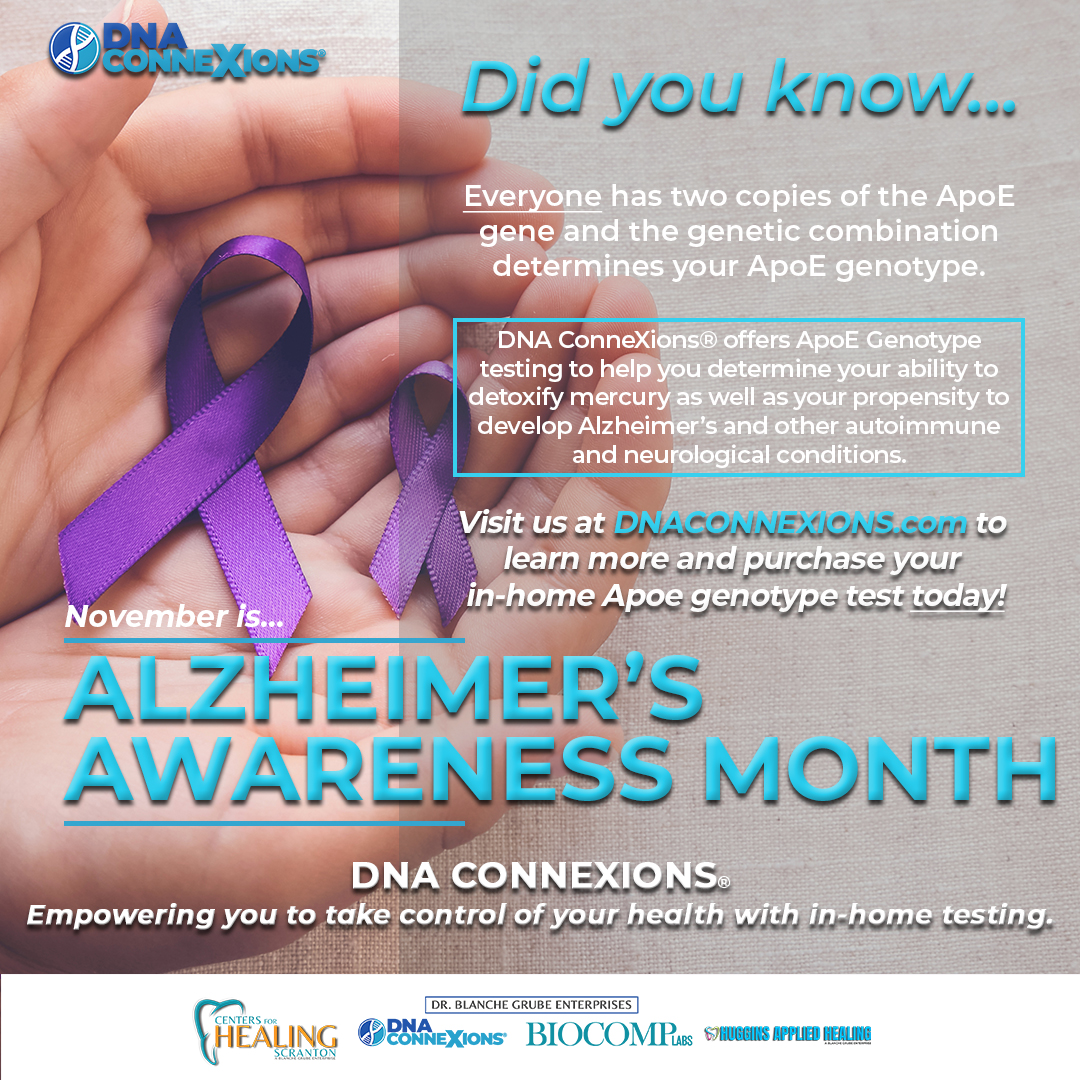
Is Dental Mercury Messing With Your Head?
Do you or someone you love suffer from brain fog, bipolar disorder, or depression? Have you ever had or do you have “silver” dental fillings? If so, you may be suffering from mercury toxicity. Those so-called “silver” fillings are actually about 50% mercury. Mercury can pass the blood-brain barrier and








